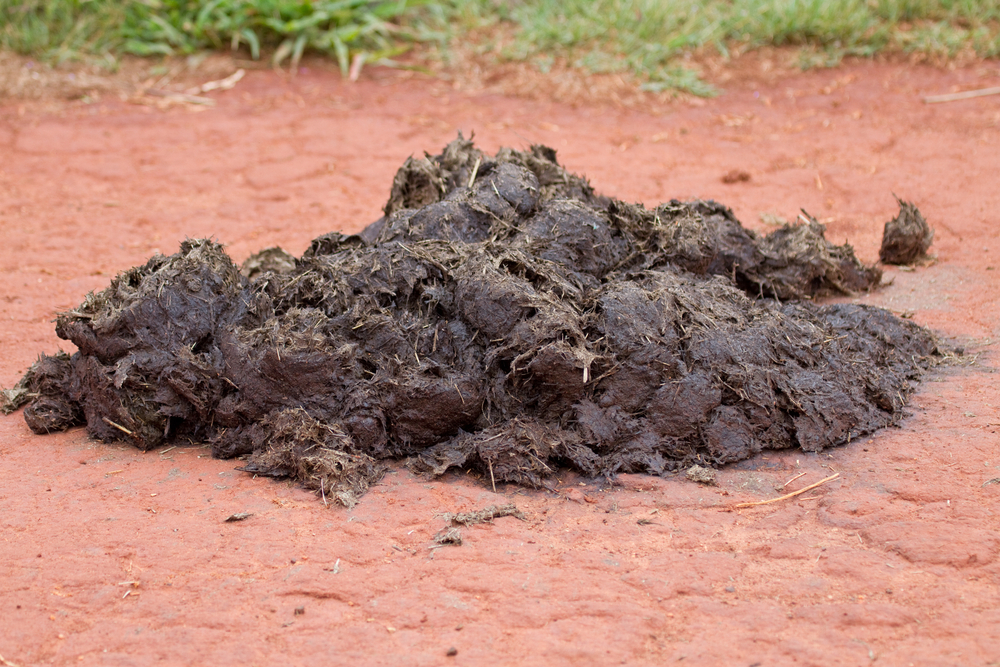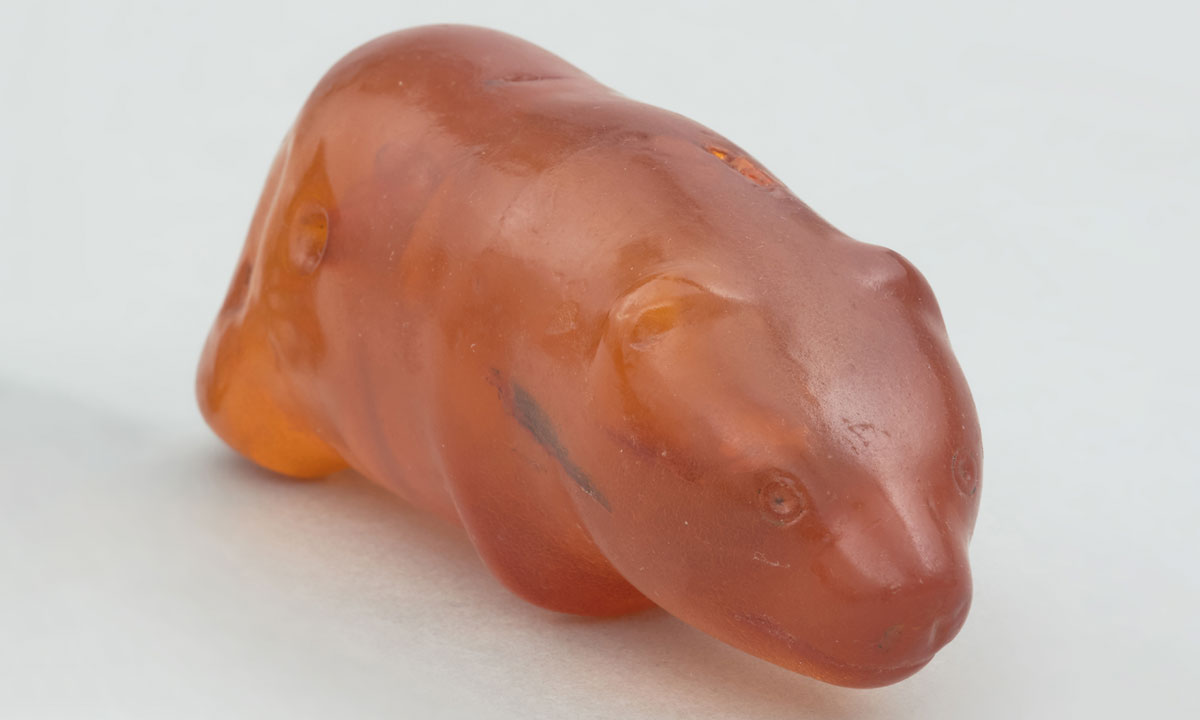Rhinos' Communal Toilets Are Poo-Powered Social Networks

In the world of Harry Potter, wizards and witches communicate via the magical Floo Network. White rhinos, however, use a less magical and smellier communication system: a poo network.
Scientists recently discovered that white rhinos' dung contains status updates, with the feces odor broadcasting chemical signals about a rhino's age and sex, and about whether females are in heat or if males have staked out territory.
And forget about private messaging — rhinos use shared defecation areas to leave dispatches that can be "read" by all the other rhinos in their social group, according to a new study. [The Poop on Pooping: 5 Misconceptions Explained]
Communication through urine is well known in many animal species, with males frequently spraying urine to mark their territories and establish dominance. But less is understood about the role dung might play in animals' social communication, the study authors reported.
The researchers suspected that dung likewise included chemicals that can relay specific messages related to mating and territory.
And they were particularly interested in animals that group together and poop together, defecating in communal sites and later making scents of all those mixed — and fragrant — olfactory signals.
Scents and sensibility
Rhinos have poor eyesight, which means they depend heavily on their sense of smell to interpret the world around them, according to study lead author Courtney Marneweck, a doctoral candidate in the School of Life Sciences at the University of KwaZulu-Natal in South Africa.
Sign up for the Live Science daily newsletter now
Get the world’s most fascinating discoveries delivered straight to your inbox.
For a socially minded rhino, community toilets known as middens — where male and female rhinos of all ages deposit their dung — could thereby be vital reservoirs of information about their group, Marneweck told Live Science in an email.
But to understand how that worked, the scientists had to dive into dung more deeply, to investigate rhino poop's unique chemistry and to identify the chemical compounds used by rhinos for scent-coded bulletins.
A prior study had suggested that white rhinos could sniff out the sex of a fellow rhino from the dung it left behind, but for the new study, Marneweck and her colleagues wanted to identify the specific chemicals and link them to messages about territorial claims and sexual availability.
Follow your nose
Dung odors are composed of chemicals known as volatile organic compounds (VOCs), which the researchers collected and analyzed from white rhinos in South Africa's Hluhluwe-Imfolozi Park.
Once the VOCs were identified, the scientists linked them to observable behaviors in white rhinos — identifying possible threats or mates. To further test whether they were interpreting the chemicals correctly, the researchers reproduced the VOCs and presented male rhinos with samples of fake dung soaked in one of three artificial odors: the scent of a territorial male, the smell of a sexually receptive female and a neutral scent.
The scientists found that male rhinos responded to the artificial dung much as they did to real dung. The rhinos showed elevated interest in the "female" odors and assumed postures acknowledging a potential threat from the "male" odors, the authors wrote in the study.
The results revealed promising new opportunities for future research, such as further exploring scent-related animal behavior, or using known chemical signatures for conservation strategies, such as encouraging breeding between isolated groups to promote genetic diversity. Even captive breeding programs could benefit from stimulating rhinos' sense of smell, Marneweck said.
"There are a lot of different avenues that are opened now, which is really exciting," she added.
The findings were published online Tuesday (Jan. 10) in the journal Proceedings of the Royal Society B: Biological Sciences.
Original article on Live Science.

Mindy Weisberger is an editor at Scholastic and a former Live Science channel editor and senior writer. She has reported on general science, covering climate change, paleontology, biology and space. Mindy studied film at Columbia University; prior to Live Science she produced, wrote and directed media for the American Museum of Natural History in New York City. Her videos about dinosaurs, astrophysics, biodiversity and evolution appear in museums and science centers worldwide, earning awards such as the CINE Golden Eagle and the Communicator Award of Excellence. Her writing has also appeared in Scientific American, The Washington Post and How It Works Magazine. Her book "Rise of the Zombie Bugs: The Surprising Science of Parasitic Mind Control" will be published in spring 2025 by Johns Hopkins University Press.










